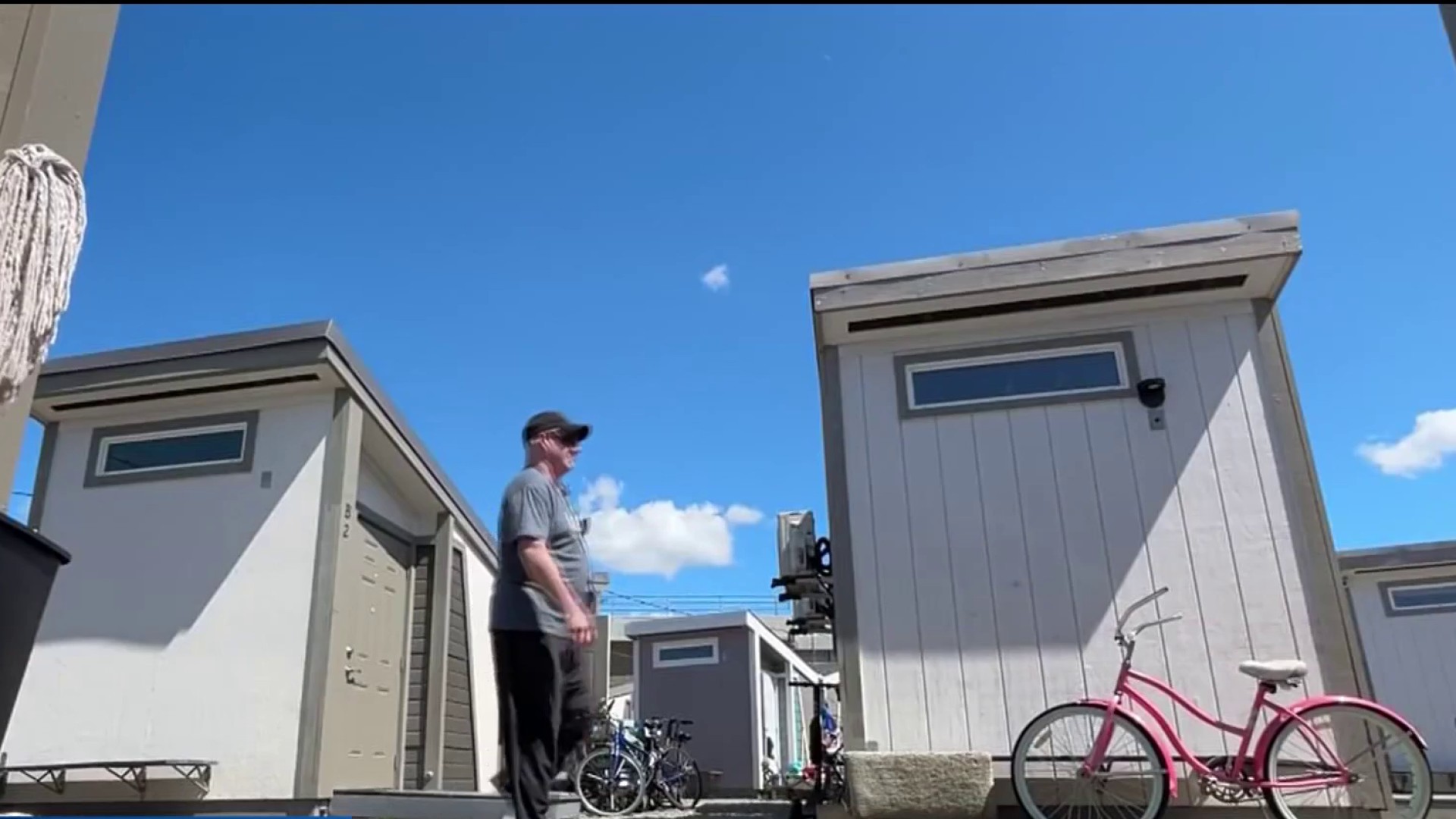A Bay Area school district recently referred more students to police than nearly every other district in the country. Bigad Shaban reports in a story that first aired September 29.
Read the first part of this two-part story here.
An NBC Bay Area investigation into the use of police on school campuses found one Bay Area school district called police on its own students so many times they outranked nearly every district in the country.
East Side Union High School District in San Jose referred students to police 1,745 times during the 2011-2012 school year, ranking them 14th in the country, according to data collected by the U.S. Department of Education. Click here to search for specific data for other school districts nationwide.
Critics say that when police handle school discipline, the line between childish misbehavior and criminal activity is often blurred leaving some students with a criminal record before they hit puberty. Certain groups of students find themselves face-to-face with police more often than others, with African Americans and students with disabilities referred to police at disproportionately high rates.
At East Side Union High School District, Superintendent Chris Funk said a combination of factors led to the extreme numbers of police encounters on campus. Zero-tolerance discipline policies and insufficient staffing numbers meant that police were being called when it wasn’t always appropriate.
“I think that we had a practice here where we were relying too much on having the officer do the facilitation and the legwork versus the administration doing the legwork,” Funk said.
To put those numbers in perspective, Oakland Unified School District only referred 12 students to law enforcement during the same year, despite enrolling nearly 15,000 more students than East Side Union High School District. No other Bay Area school district came close to East Side Union’s numbers.
“I think what happened was because of zero-tolerance policies, there was a period of time where people just went to the police and had students cited for everything,” Funk said. “Now, we’ve really narrowed that gap.”
Local
The U.S. Department of Education has not released police referral data since the 2011-2012 school year, so NBC Bay Area filed public records requests with each of the Bay Area’s 25 largest school districts to obtain the most recent data. 20 school districts provided the information by our deadline.
The Investigative Unit found that East Side Union’s referrals dropped dramatically to just 214 during the 2013-2014 school year.
Funk attributed the decline to doubling the number of counselors in the district and placing social workers on every campus.
“Those positions are just starting to come back in the last two years,” Funk said. “We hired 207 new staff members in the last two years as budgets continue to grow. There were a lot of loop-holes where kids were falling through the cracks, and hopefully we’re closing them now.”
However, the district’s lower referral rates are still among the highest in the Bay Area. The Investigative Unit also found that minorities and students with disabilities were still sent to police at disproportionately high rates.
During the 2013-2014 school year, children with disabilities made up 10 percent of the population, but totaled 25 percent of all students referred to law enforcement. Hispanic children represented 47 percent of the population, but 73 percent of all the students referred to police.
The practice of staffing police on school campuses is not unique to East Side Union High. School-based “resource officer” programs began in the 1950s, but grew in the 1980s and 1990s to weed out drugs, weapons and violence from schools.
According to the U.S. Department of Justice, 76% of all high schools have police or security officers on campus. While the goal of these policies is to make schools safer, some believe they can actually harm students.
“There are tragic long-term consequences,” said Laura Garnette, Chief Probation Officer for Santa Clara County.
When a child enters the criminal justice system at an early age, Garnette said, they begin to identify as a criminal and are more likely to offend again in the future. It is part of a phenomenon known as the “School to Prison Pipeline”, where zero-tolerance policies criminalize certain behaviors and funnel students from the school system into the justice system.
Schools that aren’t well resourced with counselors and staff tend to lean more heavily on police, according to Garnette, which can lead to students getting in serious trouble for some not-so-serious misbehavior. If a student is cited by police for that conduct, it is the equivalent of an arrest and goes on a child’s criminal record.
Garnette says her probation officers drop nearly 70% of juvenile cases because they do not find them serious enough to get referred to the District Attorney for criminal charges.
“I think we certainly see a lot of cases where we think, ‘seriously?’” Garnette said. “The consequences of having the criminal justice system and police intervene in what by most people’s account is normal adolescent behavior is tragic.”
However, even if no charges are filed, the arrest still shows up on a student’s criminal record.
That was the case for 15-year-old Adrian Crosby. Crosby, who is autistic, was in seventh grade at Bret Harte Middle School in San Jose when he used a small rock to write his initials on the sidewalk outside the school. School staff called the campus resource officer, and Adrian received a juvenile citation for vandalism.
“It is just unbelievable,” said Aida Crosby, Adrian’s mother. “It brings me chills down my back and it is injustice. It is injustice.”
Adrian’s probation officer closed his case two years ago, but Aida said her family was never told Adrian would still have a criminal record. Aida said she had no idea until the Investigative Unit explained the process to her. By law, the Crosby family will have to wait until Adrian turns 18 before they can petition the court to seal his juvenile record.
“The feeling is a feeling of desperation,” Aida said. “It’s a feeling…like they have cut the oxygen out of you – like you can’t breathe and it’s painful and it makes you kind of want to give up.”
______________________________________
Need to contact our Investigative Unit?
• You can remain anonymous
• 1-888-996-TIPS
______________________________________
Watch the entire series in this NBC Bay Area investigation:
- Part 1: Disproportionate Number of Disabled, African American Students Arrested at School
- Part 2: School District Called Police on Students 1,745 Times in Single School Year
- Part 3: Teen Arrested for Somersaults on School Lawn; District Says Risk of Criminal Records "Not Our Business"
- Part 4: Investigative Unit Series Sparks Major Security Changes at 34 schools, Impacting Thousands of Students
- Part 5: Nearly 230,000 Bay Area Students Attend Schools with No Guidelines in Place for Campus Police Officers
- Part 6: Obama Admin. to Schools: Stop Misusing Police Officers
- Part 7: White House Pushes Nationwide Reform Following I-Unit Series
- Part 8: Black Students, Disabled are 3X More Likely to Face Arrest at School



